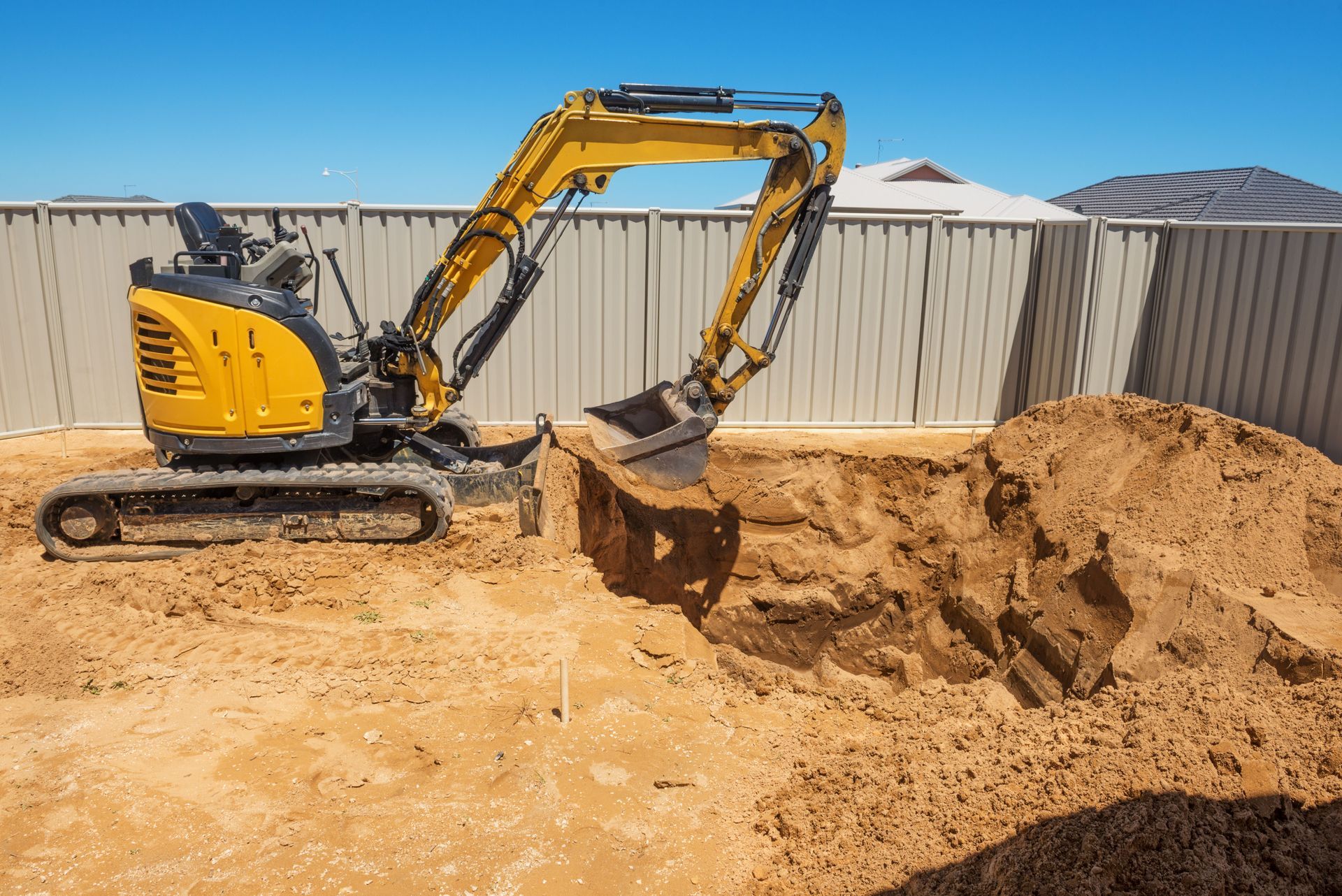Where a Septic Install Service Will Place Your Tank
Installing a septic tank is a critical part of managing waste for homes not connected to a municipal sewer system. Proper placement is crucial for both functionality and longevity of the system. While the specifics of installation vary based on local regulations and property characteristics, understanding the general considerations for septic tank placement can give you a clearer picture of what to expect during installation.
Placement Based On Property Topography
One of the first factors considered in septic tank placement is topography. A septic install service will typically survey your property to find a location that naturally allows gravity to assist with the flow of wastewater from your home to the tank. This means the tank is often placed on a downhill slope from your home, enabling efficient flow and reducing the need for additional pumping systems. Topography not only affects the convenience of placement but also assists in managing how wastewater percolates into the surrounding soil.
Placement Based On Soil Conditions
Soil quality is another critical consideration when determining where to place your septic tank. The soil must be capable of absorbing water effectively and quickly without causing pooling or runoff. Ideal soil conditions are those that allow for good percolation rates at the correct depth. According to Fix Advise, septic tanks are typically buried between one and two feet underground, which ensures they are deep enough for insulation but shallow enough for efficient drainage into the soil beneath.
Placement Based On Regulated Distances
Local regulations also play a significant role in septic tank installation. These regulations often dictate specific distances that tanks must be kept from property lines, water sources, and structures like houses or wells. Your installation service will need to abide by these regulations to ensure both environmental safety and legal compliance. These rules are in place to prevent contamination of water supplies and to maintain safe distances from potentially combustible materials like homes.
While the placement of a septic tank might seem straightforward, several crucial factors come into play. By carefully considering the topography, soil conditions, and local regulations, septic install services can ensure optimal placement for your tank. As a homeowner, being aware of these factors can help you understand the process better and prepare your property accordingly. A well-placed septic tank is a key step towards efficient waste management and long-term functionality of your onsite sewage system. Call Pauley Co Inc to get a free estimate on your next project!




Share On: